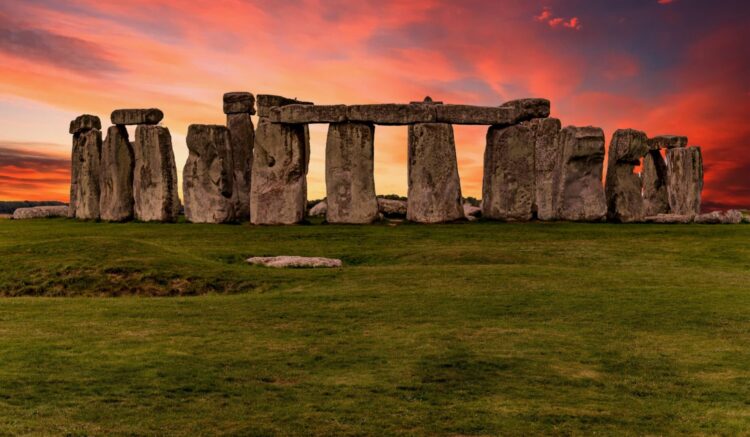A final decision on Everton’s stadium in Liverpool docklands now rests with Secretary of State Robert Jenrick and a row involving the neolithic Stonehenge and UNESCO could come into play. Tony McDonough reports

At first glance there is not an obvious connection between the world famous Stonehenge and Everton’s proposed £500m new docklands stadium – they are 200 miles and 5,000 years apart.
But an almighty row over a planned road tunnel to go under the neolithic monument in Wiltshire could hamper Everton’s plans to start work on its new 52,888-capacity arena in the spring and its hopes of kicking off the 2024/25 Premier League season there.
Stonehenge, a spectacular collection of standing stones, weighing up to 25 tonnes, is believed to date back to between 3000 to 2000 BC. Owned by The Crown and managed by English Heritage, it has been a legally protected Scheduled Ancient Monument since 1882. And in 1986 it was added to UNESCO list of World Heritage Sites.
For years there had been concerns that increasing traffic volumes on the nearby A303 highway was disturbing the peace of the ancient site. So, in 2017, the Government unveiled a plan to divert the road by building a tunnel underneath Stonehenge.
It is a plan that has horrified many historians who say Stonehenge is much more than just the stones. They insist the whole area is an archeological treasure trove with many of its secrets still to be revealed and it is feared the works involved in building the tunnel would be ruinous for the site.
Only last year, archeologists using digital imaging showed that the people who built Stonehenge had also dug a series of shafts aligned to form a circle spanning 1.2 miles in diameter, two miles north east of Stonehenge.
One historian, Tom Holland, has said of the tunnel plan: “The Government’s plans involve road-building on a massive scale through Europe’s most archaeologically significant prehistoric landscape: the desecration of Britain’s most internationally celebrated World Heritage Site.”
Not unsurprisingly, UNESCO is firmly against the tunnel saying it would destroy the “outstanding universal value” of Stonehenge. And this is where we come to the connection with Everton’s new stadium.
On Tuesday, councillors on Liverpool’s planning committee gave the green light to the waterfront project, taking the recommendations of the authority’s planning officers. In a 200-page report the officers admitted the project will do “substantial harm” to the Grade II-listed Bramley Moore Dock, designed by Jesse Hartley and opened in 1848. The dock would have to be filled in.
But it adds that the damage to the heritage assets is far outweighed by the economic benefits of the scheme which is estimated will boost the economy by £1.3bn and see the creation of thousands of jobs. UNESCO, Historic England, and the Victorian Society have all objected to the stadium.
UNESCO has used particularly strong language, describing the project as “absolutely unacceptable”. This has sparked anger among business people, politicians and people across Merseyside. One business leader said this week that it was time to tell UNESCO “where to go”.

Now the the council has given its approval, the buck passes to the Secretary of State for Housing, Communities and Local Government, Robert Jenrick. Within 21 days he will either give the final go-ahead or ‘call in’ the development, and order a planning inquiry, before making a final decision.
Given the Government’s stated determination to accelerate the UK’s recovery from the COVID-19 pandemic, it may seem unlikely that the Secretary of State would want to delay or put at risk such a huge regeneration scheme.
However, such a quick decision without an enquiry would mean the Government would be battling UNESCO on two fronts – Bramley Moore Dock and Stonehenge. LBN understands there is now a concern on Merseyside that Mr Jenrick will be keen to demonstrate to UNESCO that the Government that it has exhausted all avenues of due process before making a decision.
There is no real fear, at this point, that Mr Jenrick would ultimately block the new stadium but, if he does call it in, it would make the chances of Everton putting spades in the ground by the summer pretty slim.

